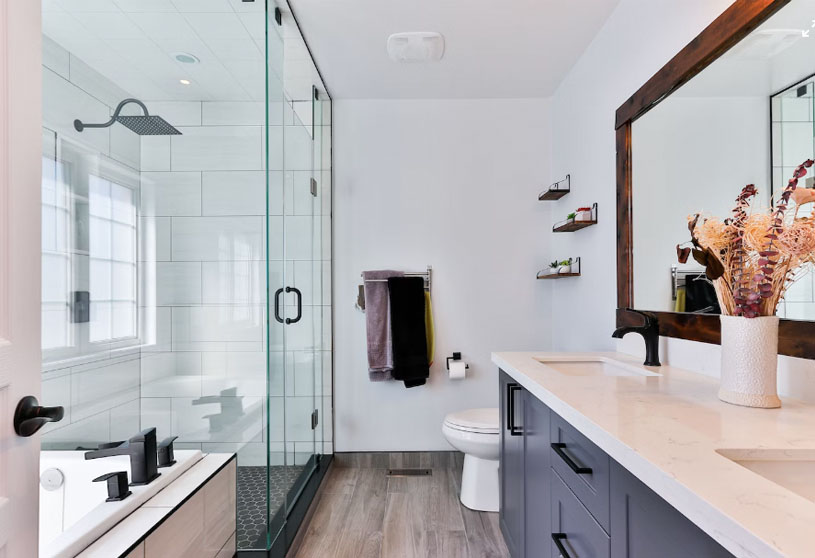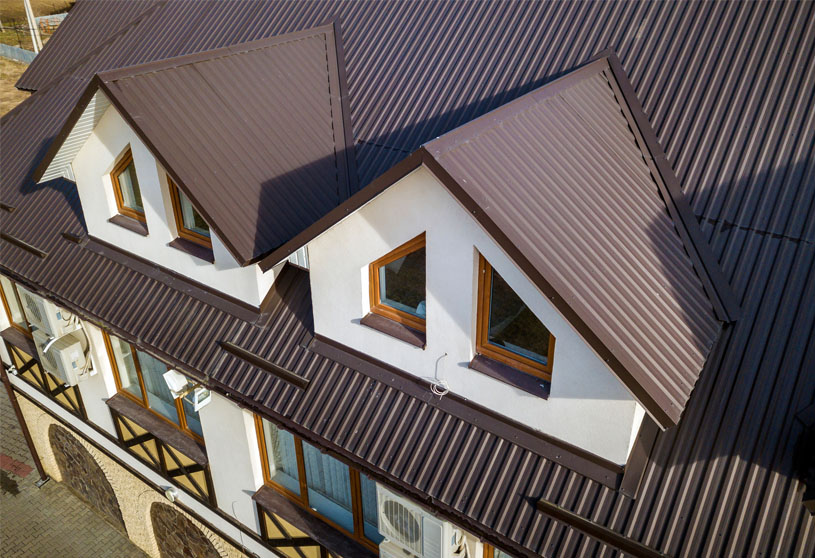Planning the design of a bathroom is an integral aspect of architectural endeavors. Bathrooms serve not only as utilitarian spaces but also as sanctuaries for relaxation and self-care. In order to fashion a bathroom that seamlessly merges aesthetics with functionality, architects must take a range of pivotal considerations into account. Presented below are essential insights that every architect should bear in mind when tasked with crafting a bathroom design.
1. Understand the User’s Needs
The first and foremost step in designing a bathroom is to understand the specific needs and preferences of the users. Is it a master bathroom, a guest bathroom, or a shared family space? Consider the people who will be using the bathroom, their age, and any specific requirements they may have. Understanding the users’ needs will guide your design decisions.
2. Prioritize Functionality
Functionality is paramount in bathroom design. Ensure that the layout is efficient and makes the best use of the available space. The location of fixtures should be carefully planned to allow for comfortable and convenient use. Easy access to plumbing and electrical connections is also crucial for maintenance and future renovations.
3. Choose Appropriate Materials
Selecting the right materials is a critical aspect of bathroom design. Consider materials that are durable, moisture-resistant, and easy to clean, such as flooring from https://www.mystonefloor.com/. Common choices for bathroom surfaces include ceramic or porcelain tiles, glass, stone, and moisture-resistant drywall. The choice of materials should also align with the overall design style of the bathroom.
4. Pay Attention to Plumbing and Electrical Work
Proper plumbing and electrical work are essential for the functionality of the bathroom. Architects should work closely with plumbing and electrical experts to ensure that all fixtures, outlets, and switches are installed correctly and meet local building codes. Adequate water pressure and temperature control are vital for a satisfying shower or bathing experience.
5. Adequate Storage
Storage is often an overlooked aspect of bathroom design. Architects should plan for ample storage solutions to keep the space organized and clutter-free. Incorporate vanities with built-in cabinets, shelves, or medicine cabinets for toiletries and personal items. The use of built-in niches or floating shelves in the shower or near the bathtub can also provide space for bathing essentials.
6. Universal Design Considerations
Incorporating universal design principles is essential to ensure that the bathroom is accessible to people of all ages and abilities. Features such as grab bars, non-slip flooring, and a curbless shower can make the bathroom safer and more accessible. A well-designed bathroom should accommodate people with mobility challenges without compromising on style.
7. Proper Ventilation
Adequate ventilation is crucial to prevent mold and mildew growth in the bathroom. Architects should ensure that the bathroom is equipped with an exhaust fan or a window to allow proper air circulation. The exhaust fan should be appropriately sized for the room to effectively remove moisture and odors.
8. Aesthetics Matter
Last but not least, aesthetics play a significant role in bathroom design. The choice of color schemes, fixtures, and finishes should align with the overall style of the home and the user’s preferences. From modern and minimalist to traditional and opulent, the aesthetics of the bathroom should create a harmonious and inviting atmosphere.
In conclusion, designing a bathroom is a multifaceted process that requires careful consideration of functionality, user needs, materials, and aesthetics. By understanding these key factors and addressing them during the design phase, architects can create bathrooms that are not only beautiful but also practical and comfortable spaces for its users to enjoy.




